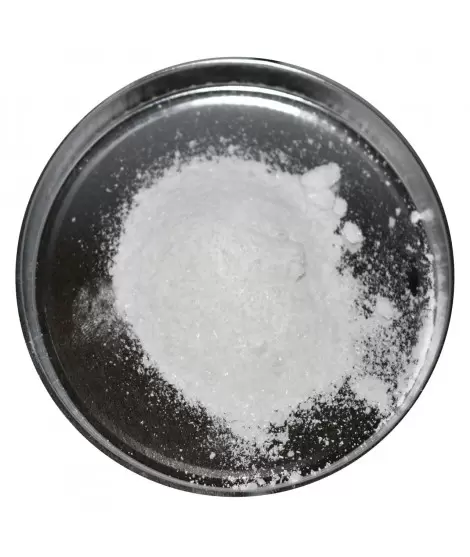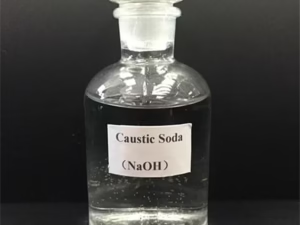Description
Sodium Tetraborate: More Than Just a Laundry Booster
Sodium tetraborate, often recognized by its common name, borax, is a fascinating compound steeped in history and boasting a surprising range of applications. From its humble beginnings as a naturally occurring mineral to its widespread use in cleaning products and even niche industrial processes, sodium tetraborate has proven to be a versatile and valuable substance.
What is Sodium Tetraborate?
Chemically, sodium tetraborate is an inorganic salt with the formula Na₂B₄O₇·nH₂O. The “n” represents the number of water molecules associated with the compound, and the most common form is the decahydrate (Na₂B₄O₇·10H₂O). This crystalline, odorless, and white solid is readily soluble in water, forming a slightly alkaline solution.
Natural Origins and Historical Significance:
Borax isn’t a purely synthetic creation. It’s naturally found in evaporite deposits, formed by the repeated evaporation of seasonal lakes. Historically, regions like Tibet and California’s Death Valley have been significant sources of borax. In fact, the famous “Twenty Mule Team Borax” wagons of the late 19th century played a crucial role in transporting borax from the harsh Californian desert to processing facilities.
Versatile Applications: From Laundry to Laboratories:
The properties of sodium tetraborate lend themselves to a diverse range of applications:
- Cleaning and Laundry: Borax shines as a natural cleaning agent. Its alkaline nature helps to lift dirt and grease, making it a popular ingredient in laundry boosters, all-purpose cleaners, and even hand soaps. It can also act as a water softener, improving the effectiveness of detergents.
- Insecticide: Borax is effective against a variety of pests, particularly ants and cockroaches. It disrupts their digestive systems, leading to their demise.
- Flux in Soldering and Welding: In metallurgy, borax acts as a flux, preventing oxidation during soldering and welding processes. It helps to create cleaner and stronger joints.
- pH Buffer: The ability of borax to maintain a stable pH makes it useful in various chemical and biological applications. It’s used in laboratories to create buffer solutions, ensuring consistent experimental conditions.
- Antiseptic and Antifungal Properties: While not a potent disinfectant, borax has mild antiseptic and antifungal properties. It has been used in mouthwashes and eyewashes, though its use in personal care products has been increasingly scrutinized due to potential health concerns.
- Slime Creation: Borax is a key ingredient in many slime recipes, reacting with polyvinyl alcohol to form a stretchy and gooey polymer. This playful application has popularized borax among children and hobbyists.
Safety Considerations:
While sodium tetraborate offers numerous benefits, it’s crucial to handle it with caution.
- Irritant: Borax can cause skin and eye irritation upon direct contact. It’s important to wear gloves and eye protection when handling the powder form.
- Ingestion: Ingestion of large amounts of borax can lead to nausea, vomiting, and diarrhea. It should be kept out of reach of children and pets.
- Fertility Concerns: Some studies have raised concerns about the potential impact of boron compounds, including borax, on fertility. While more research is needed, it’s advisable to use borax responsibly and avoid prolonged exposure.
The Future of Sodium Tetraborate:
Sodium tetraborate remains a valuable compound with a wide range of applications. While its use in some personal care products has been questioned, its effectiveness as a cleaning agent, flux, and pH buffer continues to be appreciated. As research into alternative and safer substances progresses, the role of borax may evolve, but its historical significance and versatility ensure its place in the world of chemistry and industry for years to come. By understanding its properties and handling it responsibly, we can continue to harness the benefits of this remarkable compound.










Reviews
There are no reviews yet.